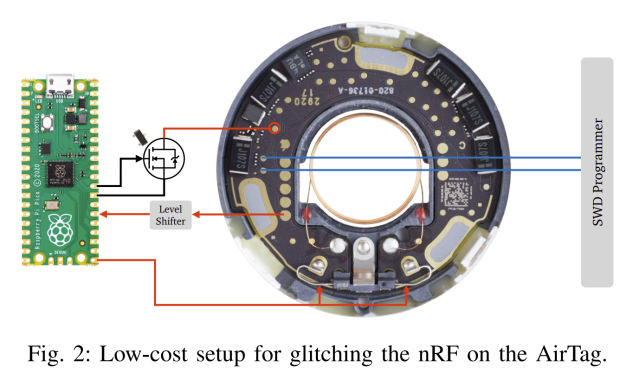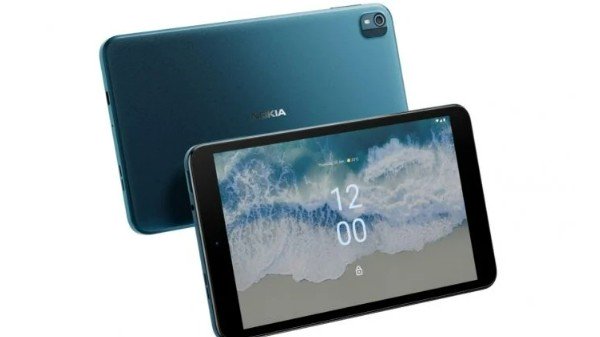While we were just discussing how everyone occasionally gets reminded that for many digital goods these days you simply don’t actually own what you’ve bought, all thanks to Sony disappearing a bunch of purchased movies and shows from its PlayStation platform, this conversation has been going on for a long, long time. Whereas the expectation by many people is that buying a digital good carries similar ownership rights as it would a physical good, instead there are discussions of “licensing” buried in the Ts and Cs that almost nobody reads. The end result is a massive disconnect between what people think they’re paying for and what they actually are paying for.
Take Ubisoft DLC for instance. Lots of people bought DLC for titles like Assassin’s Creed 3 or Far Cry 3 for the PC versions of those games… and recently found out that all that purchased DLC is simply going away with Ubisoft shutting game servers down.
According to Ubisoft’s announcement, “the installation and access to downloadable content (DLC) will be unavailable” on the PC versions of the following games as of September 1, 2022:
Assassin’s Creed 3
Assassin’s Creed: Brotherhood
Driver San Francisco
Far Cry 3
Prince of Persia: The Forgotten Sands
Silent Hunter 5DLC for the console versions of these games (which is verified through the console platform stores and not Ubisoft’s UPlay platform) will be unaffected, when applicable. Assassin’s Creed III and Far Cry 3 are also available on PC in remastered re-releases that will not be affected by this server shutdown (though the remastered “Classic Edition” of Far Cry 3 is currently unavailable for purchase from Ubisoft’s own website).
A notable addition to all of this is that the full version of Assassin’s Creed Liberation HD was on sale merely days ago on Steam’s Summer Sale, but that title is going to disappear from Steam entirely on September 1st as well. Read that again. The public bought a game title on Steam for 75% off, thinking it was a great deal, only to subsequently learn that they have 60 days to play the damned thing before it becomes unplayable.
This is not tenable. The consumer can only be jerked around so much before a clapback occurs and losing purchased assets based on the whim of the company that sold them isn’t going to be tolerated forever. And while I’m loathe to be one of the “there should be a law!” guys, well, there should be legal ramifications for this sort of thing. There are other options out there that would not remove purchased items from people, be it local installations, allowing fans in the public to host their own servers, etc.
Instead, Ubisoft appears to be joining a list of companies that believes it can sell you something and then take it away, all while including that same something in some bundled release afterwards.
Source: Ubisoft Teaches Customers They Don’t Own All That DLC They ‘Bought’ | Techdirt


